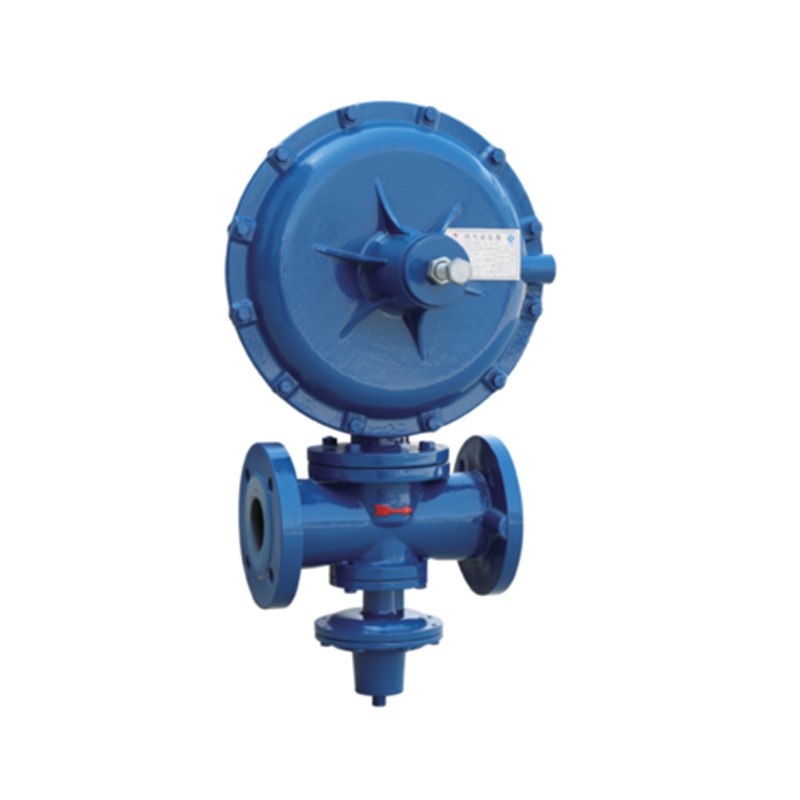
8 月 . 22, 2024 03:41
Back to list
Natural Gas Pressure Reduction Station Overview and Functions
Natural Gas Pressure Reduction Stations A Critical Component in Energy Infrastructure
Natural gas has become an indispensable part of the global energy landscape, serving as a cleaner alternative to coal and oil. As countries worldwide aim to reduce their carbon footprints, the importance of efficient gas infrastructure continues to grow. One critical component of this infrastructure is the natural gas pressure reduction station, an essential facility that ensures the safe and efficient transportation and distribution of natural gas.
A natural gas pressure reduction station, often referred to as a pressure regulating station or gas pressure reduction facility, is designed to lower the high pressure of natural gas that comes from transmission pipelines. High-pressure gas is essential for long-distance transport, but it must be reduced to a safe and manageable level before it can enter residential areas or commercial facilities. This process is crucial for preventing potential hazards, maintaining pipeline integrity, and ensuring that consumers receive natural gas at the appropriate pressure for use.
.
Safety is a paramount consideration in the design and operation of pressure reduction stations. The equipment used must comply with rigorous standards and undergo regular maintenance checks to prevent leaks, explosions, or other potentially catastrophic incidents. Employing advanced monitoring systems equipped with sensors and alarms helps in the early detection of any issues, allowing for immediate corrective measures.
محطة تخفيض ضغط الغاز الطبيعي

Another vital function of pressure reduction stations is the filtration of the gas. Before the gas is delivered to consumers, it must be purged of any impurities or debris that could cause operational issues or harm appliances. This filtration process ensures that the gas remains clean and efficient for use in heating, cooking, and various industrial applications.
In addition to their safety and regulatory roles, natural gas pressure reduction stations are also pivotal in optimizing energy efficiency. By maintaining the correct pressure levels, these stations facilitate the effective distribution of natural gas, minimizing waste, and reducing costs associated with energy loss. Furthermore, some pressure regulation stations are equipped with additional technologies that can recover and utilize pressure energy, contributing to overall system efficiency.
As the demand for natural gas continues to grow, driven by its widespread use in heating and electricity generation, the role of pressure reduction stations becomes ever more significant. Modern infrastructure investments are focused on enhancing these facilities to support increased capacity while ensuring safety and reliability. Integrating smart technologies, such as IoT devices, can provide real-time monitoring and predictive maintenance capabilities, further improving operational efficiency.
In conclusion, natural gas pressure reduction stations play a vital role in the global energy supply chain. They ensure the safe and efficient transport of natural gas from high-pressure transmission systems to end-users. Through advanced technologies, rigorous safety standards, and operational efficiency, these stations contribute significantly to the reliability and sustainability of natural gas as a key energy source. As we move towards a more energy-conscious future, the importance of maintaining and innovating these critical facilities will remain a priority for energy providers and regulatory bodies alike.
Latest news
-
Unlocking The Quality Gas Pressure ReducersNewsNov.01,2024
-
The Role of Gas Pressure Reducing StationsNewsNov.01,2024
-
The Importance and Functionality of Safety Relief ValvesNewsNov.01,2024
-
The Essential Role of Safety Valves in Natural Gas ApplicationsNewsNov.01,2024
-
The Essential Role of Gas Pressure RegulatorsNewsNov.01,2024
-
Enhance Your Premium Gas FiltersNewsNov.01,2024

